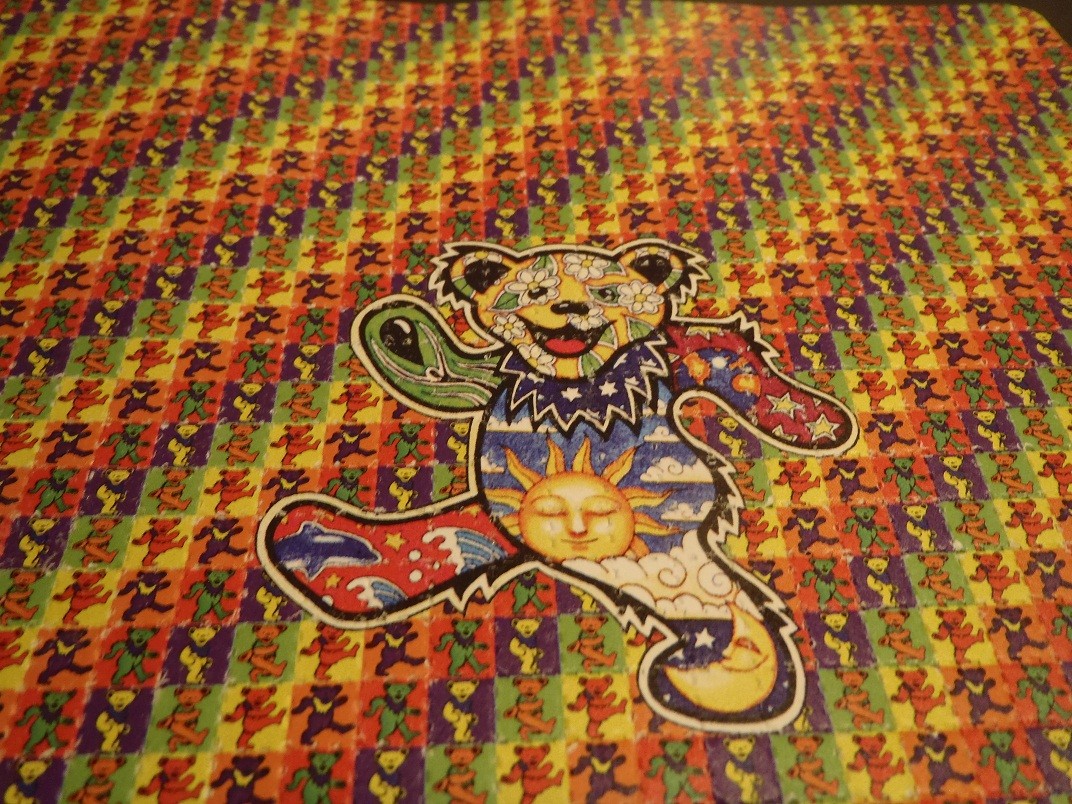


LSD on blotter paper is the most commonly found form of the substance. There are over 100 types of LSD on the market today and they fall into four main categories: blotter paper, liquid solutions, tablets/microdots, and gelatin sheets. It is believed that LSD and other psychedelics may interact with the DMN in producing the effects that occur while on the substance. Research has identified a neural system, the Default Mode Network(DMN), that is typically activated when a person is daydreaming or otherwise engaged in non-directive thought or tasks. People have reported experiencing surprising or new insights while on the drug. People who are under the influence of LSD may experience visual and other sensory distortions, changes to their thought processes, as well as intense emotions such as euphoria. To some extent, the effects of LSD can be unpredictable, but the most common ones include altered and/or enhanced sensory perception and changes in thought patterns. However, as scientific research into psychedelics continues to grow, it has been shown that LSD can help people have meaningful experiences, giving way to insightful new ideas. Adding to this, its use was demonized by the Nixon administration who declared Timothy Leary “the most dangerous man in America” and formally declared the “War on Drugs”. During the 1960s counterculture movement, LSD became popularised through the likes of Timothy Leary, an ex-Harvard psychologist who publicly encouraged young Americans to “turn on, tune in, drop out.” Rising in popularity amongst America’s youth, LSD quickly gained a reputation as a party drug. Many people are apprehensive about taking LSD because of the cultural baggage surrounding its use. Clinical research has shown that this potent psychedelic substance can be highly effective when treating alcohol and opiate addictions. In recent decades it has been used both recreationally and for therapeutic purposes. Since then, thousands of studies have been done on the effects of LSD. Ergot was used medicinally by midwives to help ease labor pains as early as the 1500s. While LSD is a synthetic substance and was created in a lab, it is derived from ergot, which is a fungus that grows on rye and other grains. LSD’s psychoactive properties weren’t discovered until 19th April 1943, which later came to be known as Bicycle Day, when Hoffman intentionally ingested the substance to ascertain its effects. LSD was first synthesized in 1938 by the Swiss chemist Albert Hofmann while he was working for Sandoz laboratories researching compounds that would act as respiratory and circulatory stimulants. LSD (Lysergic Acid Diethylamide), often referred to as “acid”, has been around in its current form for decades.


 0 kommentar(er)
0 kommentar(er)
